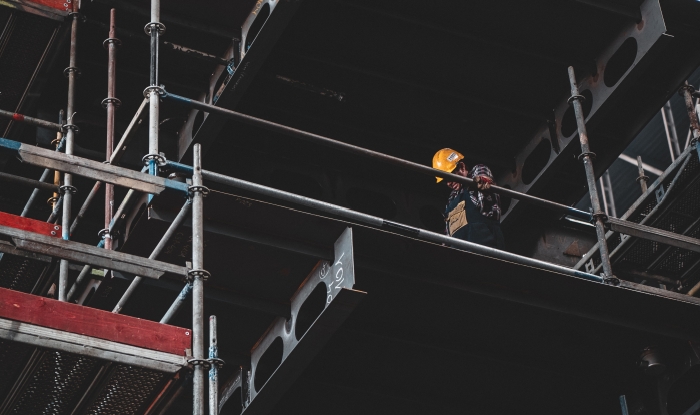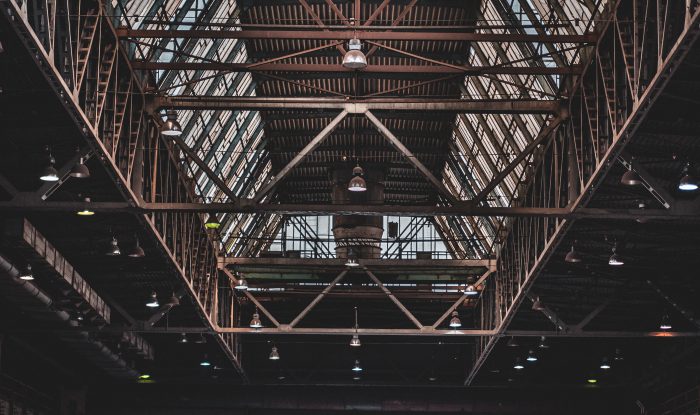Stocznia Gdańsk S.A. (Gdańsk Shipyard) is known worldwide as a ship manufacturer. In over 70 years of history, we have built over 1000 seagoing vessels of various types and applications for shipowners from around the world.
The history of the Gdańsk Shipyard dates back to 1844 with the creation of the Royal Corvette Works. Twenty-seven years later, the shipyard was taken over by Prussia and the name was changed to Kaiserliche Werft. In 1890, a second plant was established next to the shipyard – Schichau Werft (Schichau Shipyard). The new company built transport, passenger and transport and passenger ships as well as warships. During World War II, both shipyards worked for the German Navy.
After the war, Gdańsk shipyards were largely destroyed. After their merger, the name ‘Gdańsk Shipyard‘ was adopted. The first ship, the “Sołdek” red-coal ship was launched on November 6, 1948. It was made to order Polish Steam Shipping. Two years later, the shipyard made the first export order. It was a red-carbonate “Pervomaisk” for the Russian shipowner Sudoimport. For many years, the plant built ships mainly for the Soviet Union and shipowners from around the world.

During the privatization of the company in 1990, it was transformed into a joint-stock company. The Treasury held 61% of shares, and the rest (39%) was in the hands of the shipyard employees. From that moment the name changed to Stocznia Gdańska SA.
The new political and economic situation was not easy for the Shipyard. Due to increasing debt and insolvency towards contractors in 1996, the General Meeting of Shareholders declared the company bankrupt. After the declaration of bankruptcy, despite the departure of many experienced employees, the production of ships did not stop. In 1998, the insolvency administrator sold the fully functioning plant of the Tri-City Shipyard Corporation (owned by Stocznia Gdynia S.A. and the EVIP Progress development company). The Gdańsk Shipyard – Grupa Stoczni Gdynia S.A. was established on the basis of this property.

In July 2018, Agencja Rozwoju Przemysłu SA acquired all shares in Gdańsk Shipyard and GSG Towers. This event is the beginning of the implementation of a new development process for the shipbuilding, infrastructure, offshore and wind construction industry at the Gdańsk Shipyard and GSG Towers. The development program aims to restore industrial potential and implement innovative technologies and products. To achieve the program objectives, a new entity was introduced, i.e. Baltic Operator.
Baltic Operator is a limited liability company in the ARP Group established in 2018, organized in accordance with Polish law and registered in the National Court Register under number 735044. Baltic Operator deals with active management, optimization and development of the company in the broadly understood international shipbuilding, maritime and wind farm, working closely with Gdańsk Shipyard and GSG Towers. The new entity focuses in particular on business development towards modern, complex products manufactured based on the best available technologies and management techniques.
Thanks to the capital increase, the company obtained the financial resources necessary to implement the assumed investment plan, aimed at rebuilding and expanding the group‘s industrial potential. Baltic Operator serves as an organizational binder and leader of the industrial consortium, integrating both Gdańsk Shipyard and GSG Towers to achieve a synergy effect that will be beneficial for the consortium‘s production capacity and management efficiency. It will also facilitate the implementation of planned infrastructure investments, as well as investments in innovative technical solutions for the quality, timeliness and satisfaction of our clients, which will allow us to compete on the global market.

In the new configuration, the Baltic Operator operates as a leading entity in the group, using the access to the quay, a modern mounting plate at the quay, one of the largest production halls in Europe, modern robotic welding lines and a large production area that allows the implementation of shipbuilding tasks, structures for offshore, offshore and offshore wind energy and transhipment infrastructure.

Stocznia Gdańska 2024. Wszystkie prawa zastrzeżone. Korzystanie z serwisu oznacza akceptację jego polityki prywatności.